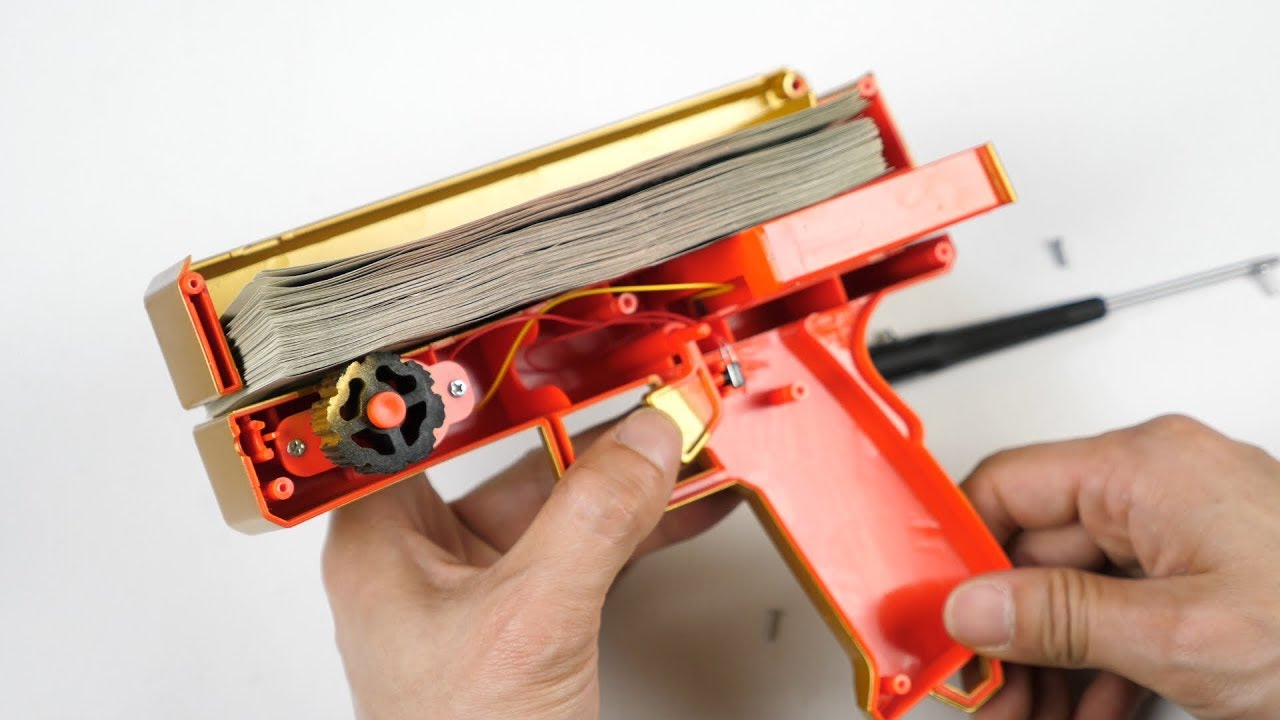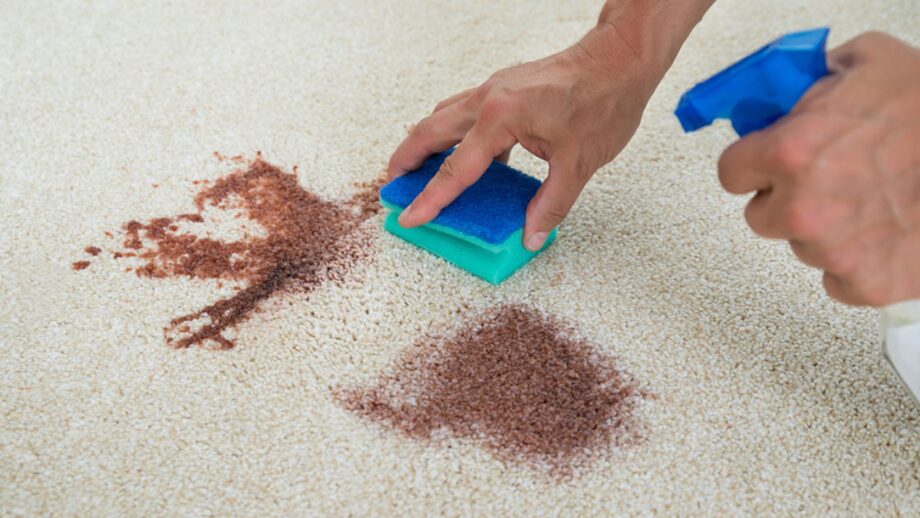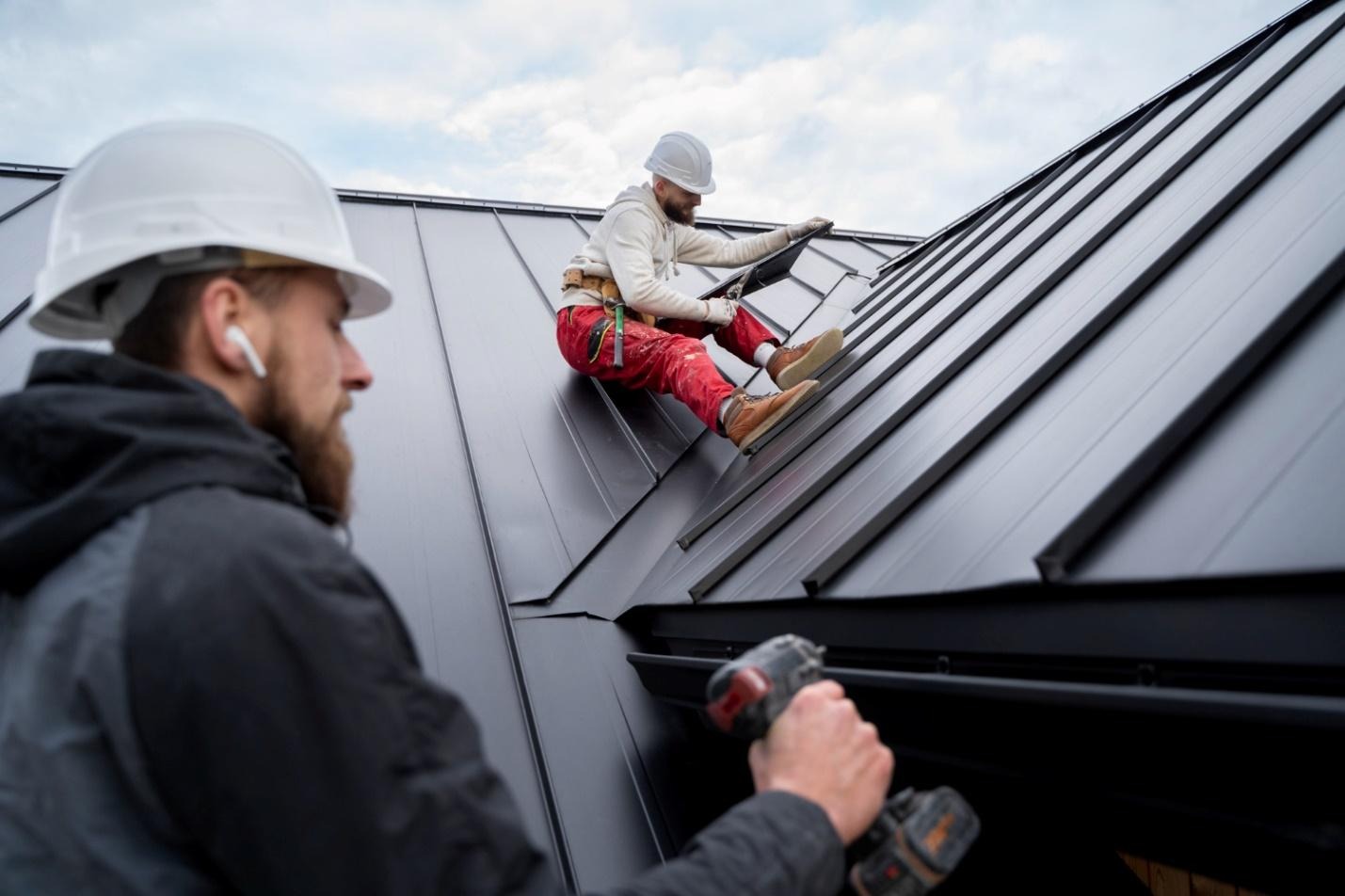A well-maintained roof is essential for safeguarding a home from the elements. This is especially true in regions like the Twin Cities, where residents face various weather conditions. From heavy snowstorms in winter to intense rainstorms in the summer, roofs are constantly exposed to harsh forces. Knowing how to identify and repair damage caused by these conditions is critical for maintaining a home’s integrity.
Common Damage in the Twin Cities Climate
The local climate presents several unique challenges for the home’s structure. This is where professional Roof Repair in Twin Cities is important. Understanding the common types of damage can help homeowners spot issues early and take action before they escalate.
- Winter Storm Damage: When snow melts and refreezes, ice dams can form, preventing water from draining properly. This trapped water can lead to leaks and moisture buildup inside the home. Over time, it may even cause structural damage.
- Wind and Hail Damage: Twin Cities’ spring and summer months often bring strong winds and hailstorms. These storms can cause shingles to become loose or detach entirely and create cracks or dents in the roofing material.
- Rainwater Leaks: Prolonged rainfall can cause water to seep under damaged shingles or flashing. Over time, this can lead to roof leaks. These leaks may result in water damage, mold, and mildew growth if not addressed.
How to Identify Damage
Performing regular inspections is crucial for identifying potential problems before they become major issues. Below are signs that might indicate damage:
- Missing or Curled Shingles: Cracked or missing shingles can be caused by harsh weather and temperature changes, compromising the roof’s ability to protect the home.
- Water Stains on the Ceiling: Damp spots or stains inside often indicate a leak, typically from damage to the roof.
- Sagging or Bowing: Visible sagging suggests structural damage, often caused by heavy snow or water infiltration.
- Granule Loss: Granules in gutters or around the home indicate that the shingles are deteriorating and may need replacing.
- Damaged Flashing: Cracked or loose flashing around vents, chimneys, or skylights allows water to enter, particularly during storms.
When to Call a Professional
Homeowners dealing with significant damage or uncertain about the extent of issues should consider consulting a professional for an accurate assessment and proper repairs. Expert roofing contractors can address visible problems and assess the entire structure for any hidden damage. In areas like the Twin Cities, where the climate puts roofs under constant stress, having an experienced professional is crucial.
An experienced professional can thoroughly address repairs, ensuring that all roof system components are properly evaluated and restored. For instance, after a winter ice dam has caused problems, specialists can safely remove the ice and provide preventive measures to keep it from recurring. Similarly, following a hailstorm, professionals can evaluate whether the shingles or flashing need repairs or replacement.
How Professional Routine Maintenance Tips Prolong Roofing Lifespan
Routine maintenance is crucial to extend the life of your roof and minimize potential damage. By following a few simple steps, homeowners in Twin Cities can ensure it remains strong and effective.
- Regular cleaning ensures proper drainage and helps protect the system from water damage.
- Trimming branches back reduces the risk of physical harm and helps maintain durability.
- Regular inspections, ideally once a year and after major weather events, are essential for spotting early signs of damage.
Regular inspections, addressing issues quickly, and performing necessary Roof Repair in Twin Cities will extend a roof’s lifespan. When professional help is required, seeking expert services for repair in the Twin Cities ensures peace of mind and long-lasting results.





